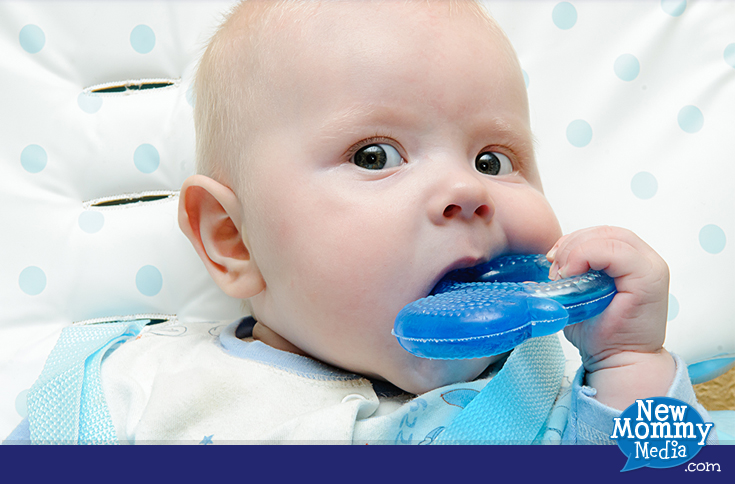Preventing Container Baby Syndrome
In this article:
- What is a container baby?
- Why are containers so popular?
- What alternatives are there?
Why should I have floor time with my baby or wear my baby?
Between bumbos, swings, rockers, jumpers, and walkers, we have more options than ever for occupying our babies, but there can be serious downsides to these devices. In fact, there’s even a special name for babies who spend a lot of time in these objects – container babies. Read on to find out why you might want to say bye-bye to the swing and what you can use instead.
What is a container baby?
The simplest definition is a baby that is frequently in a container of some sort. Straps and plastic hold the baby in place, which can be problematic, as they don’t respond to the baby’s movement.
TIP: A baby supported in a container most of the day, may be unhappy when finally put on its tummy for play. Want more information about container baby syndrome? Listen to our episode or read our transcript!
Why are containers so popular?
Ask any sleep-deprived new parent why they love containers and they’ll likely say: convenience. Whether you’ve got other little ones at home or you just need to take a shower, setting the baby in a swing or rocker is an easy option. Many containers also tout their developmental benefits, but some child health professionals are skeptical. Wendi McKenna, a pediatric physical therapist, says, “The reason why some of these are so popular is number one, marketing. They are marketed as good for baby's development when in actuality; it's more about parental convenience.” McKenna says that on occasion, using these containers aren’t problematic (every mom needs a break sometimes), but it’s important to be thoughtful about it. She also advises new moms to consider alternatives to containers, when it comes to occupying baby.
What alternatives are there?
- Babywearing – whether you use a sling, wrap, or carrier, baby wearing allows for human interaction and the ability for you to tune in to baby’s cues. Bonus: you’ll notice they’re getting fussy or hungry before they start hysterically crying.
- Pack ‘n Play/Play yard – When you’ve got to put the baby down, this option keeps them safe, but allows for more natural movement.
- Tummy time – Since babies now sleep on their backs, tummy time, which gives them the opportunity to reach, grab, and stretch, is more important than ever.
Why should I have floor time with my baby or even wear my baby?
Floor time and babywearing have a lot of benefits. Babywearing allows you to bond with your baby and also allows you to be mobile while keeping him/her safe.
Floor time is important because babies who don’t spend enough time on their tummies and sides often experience asymmetrical muscle development (when the back and front muscles develop at different rates) as well as flat spots on the back and sides of the infant’s head. In the 1970s, one in 300 babies had a flat spot on their head, but nowadays, between the “Back to Sleep” campaign, which recommends babies sleep on their backs to prevent SIDS, and the increase in container options, that number is closer to 1 in 6.
